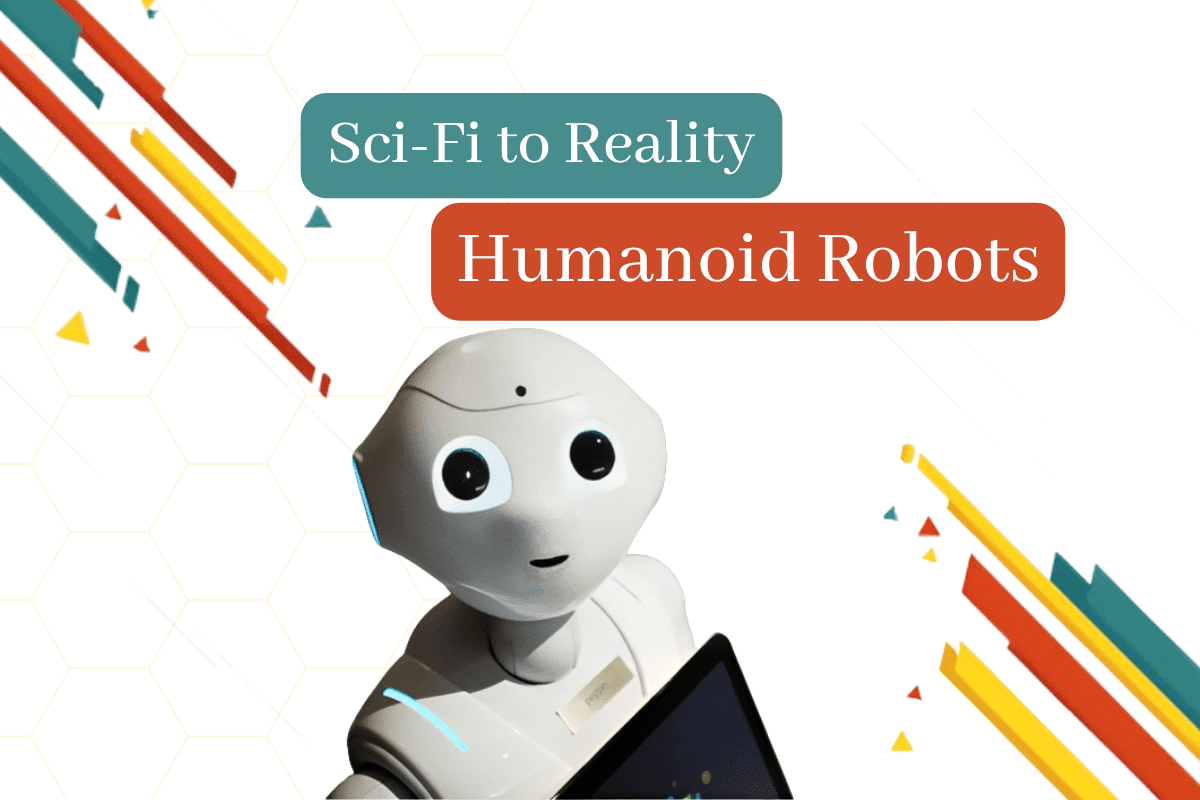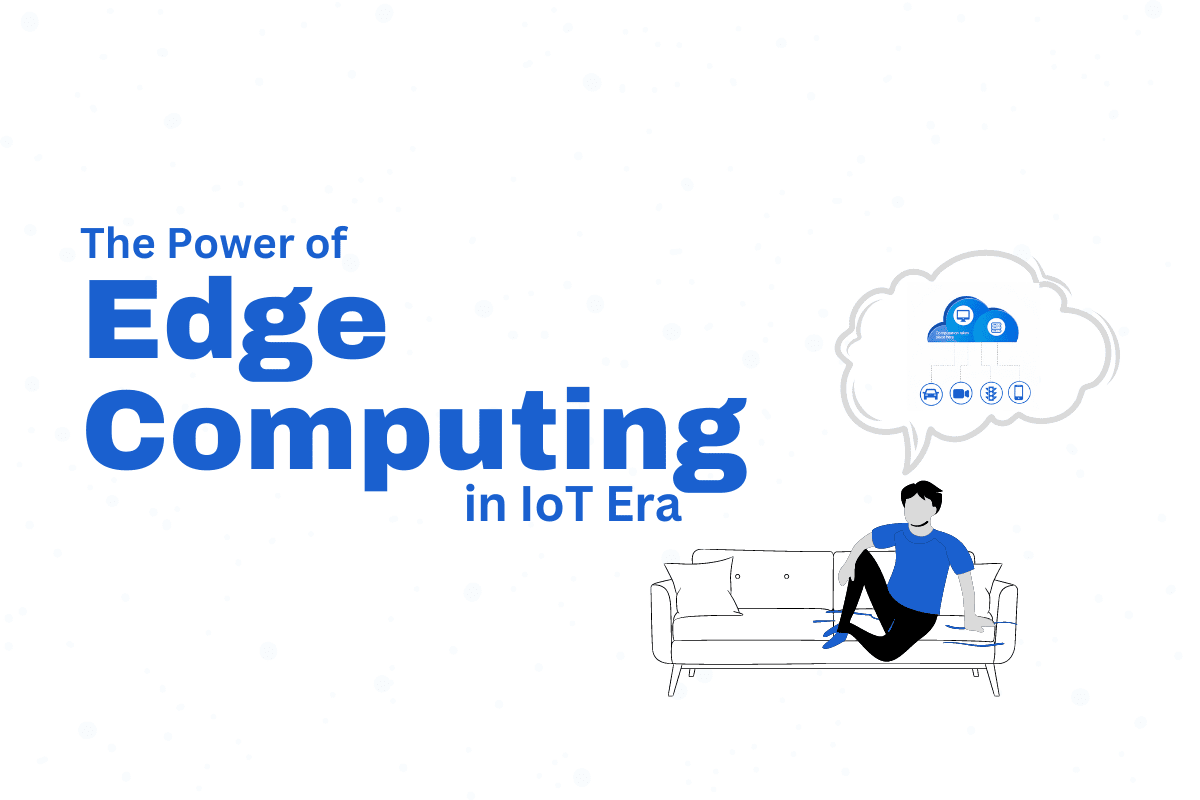Imagine a world where robots are no longer confined to assembly lines or factories, but instead, they walk among us, interact with us, and even resemble us. This futuristic concept of humanoid robots has fascinated scientists, engineers, and enthusiasts alike for decades. With advancements in technology and robotics, this sci-fi dream is gradually becoming a reality. In this article, we will delve into the fascinating journey of robots, exploring their evolution, applications, and the challenges they present.
Introduction
Humanoid robots, also known as androids, are robots designed to resemble and interact with humans. They are equipped with a human-like body structure, including arms, legs, a head, and often a face capable of expressing emotions. The journey of robots from science fiction to reality has been marked by significant technological breakthroughs, pushing the boundaries of what was once thought to be pure imagination.
The Emergence of Humanoid Robots
The concept of humanoid robots (Link) can be traced back to ancient mythology and folklore, where stories of automatons and mechanical beings captured people’s imagination. However, it wasn’t until the 20th century that the idea of creating functional robots gained traction.
Understanding Humanoid Robotics
Humanoid robotics combines various disciplines, including mechanical engineering, electronics, computer science, and artificial intelligence (AI). These multidisciplinary fields work together to develop robots that can imitate human actions and behavior, offering a wide range of possibilities for human-robot interaction.
Applications of Humanoid Robots
Healthcare and Assistance
Humanoid robots have found significant applications in the healthcare industry. They can assist in tasks such as patient monitoring, rehabilitation exercises, and providing emotional support to patients. With their human-like appearance, these robots can establish a sense of companionship, particularly for the elderly or those with special needs.
Education and Research
In the field of education, humanoid robots are being used as teaching assistants, providing personalized guidance to students and enhancing the learning experience. Additionally, researchers utilize robots to study human behavior, cognition, and social interaction, furthering our understanding of ourselves and how we interact with the world.
Entertainment and Social Interaction
Humanoid robots have also made their way into the entertainment industry, captivating audiences with their ability to perform complex movements, dance, and even engage in conversations. From theme parks to exhibitions, these robots offer a unique form of entertainment and social interaction.
Also Read: How Haptic Technology Enhances Our Digital Interactions
Advancements in Humanoid Robotics
The rapid advancements in technology have played a crucial role in the development of humanoid robots. Several key areas have witnessed significant progress:
Artificial Intelligence and Machine Learning
Artificial intelligence (AI) and machine learning algorithms have revolutionized humanoid robotics. These robots can now perceive and understand their environment, learn from experiences, and adapt their behavior accordingly. Natural language processing enables them to communicate effectively, making human-robot interaction more intuitive.
Sensor Technology and Perception
Sensors play a vital role in enabling humanoid robots to perceive the world around them. Advanced sensor technologies, such as vision systems and tactile sensors, allow robots to detect and interpret visual and tactile information. This enhances their ability to navigate, manipulate objects, and interact with humans.
Locomotion and Mobility
Achieving natural and fluid locomotion has been a significant challenge in robotics. However, advancements in robotics have led to the development of more sophisticated walking algorithms, dynamic balance control, and advanced actuation systems. These improvements enable robots to walk, run, and perform complex movements with increased stability and agility.
Challenges and Ethical Considerations
As humanoid robots continue to evolve, several challenges and ethical considerations emerge:
Human-Robot Interaction
Creating seamless human-robot interaction requires addressing issues such as speech recognition, emotional understanding, and appropriate responses. Robots must be able to understand human emotions, respect personal boundaries, and adapt their behavior accordingly.
Privacy and Security Concerns
With the integration of robots into our daily lives, privacy and security concerns arise. Safeguarding personal data and preventing unauthorized access to these robots is essential to ensure user trust and prevent potential misuse.
Economic Impact and Job Displacement
The rise of humanoid robots raises concerns about the potential impact on the job market. While these robots can perform various tasks efficiently, there is a need to find a balance between automation and preserving employment opportunities for humans.
Future Implications and Possibilities
The future of humanoid robotics holds immense potential. With further advancements, we can expect to see robots that assist in disaster response, space exploration, and even companionship on long space missions. Robots have the power to revolutionize industries, improve our quality of life, and provide solutions to some of society’s most pressing challenges.
Conclusion
From the realms of science fiction to real-world applications, humanoid robots have made remarkable progress. They offer endless possibilities in healthcare, education, entertainment, and beyond. As we continue to explore the potential of robotics, it is crucial to navigate the associated challenges and ethical considerations to ensure a future where humans and robots coexist harmoniously.
Frequently Asked Questions (FAQs)
Q1. Can humanoid robots replace humans in healthcare?
Humanoid robots can support healthcare professionals, but they are not intended to replace human caregivers entirely. They provide assistance and companionship, enhancing the overall care experience.
Q2. Are humanoid robots capable of learning?
Yes, humanoid robots utilize artificial intelligence and machine learning algorithms to learn and adapt their behavior based on experiences and interactions.
Q3. How do humanoid robots perceive their environment?
Humanoid robots use various sensors, including vision systems and tactile sensors, to perceive and interpret visual and tactile information, enabling them to understand their surroundings.
Q4. Are there any privacy concerns with humanoid robots?
Yes, privacy concerns arise with robots, particularly regarding the collection and storage of personal data. Strong privacy policies and security precautions must be set up.
Q5. What is the future of humanoid robotics?
The future of robotics is promising. We can expect further




